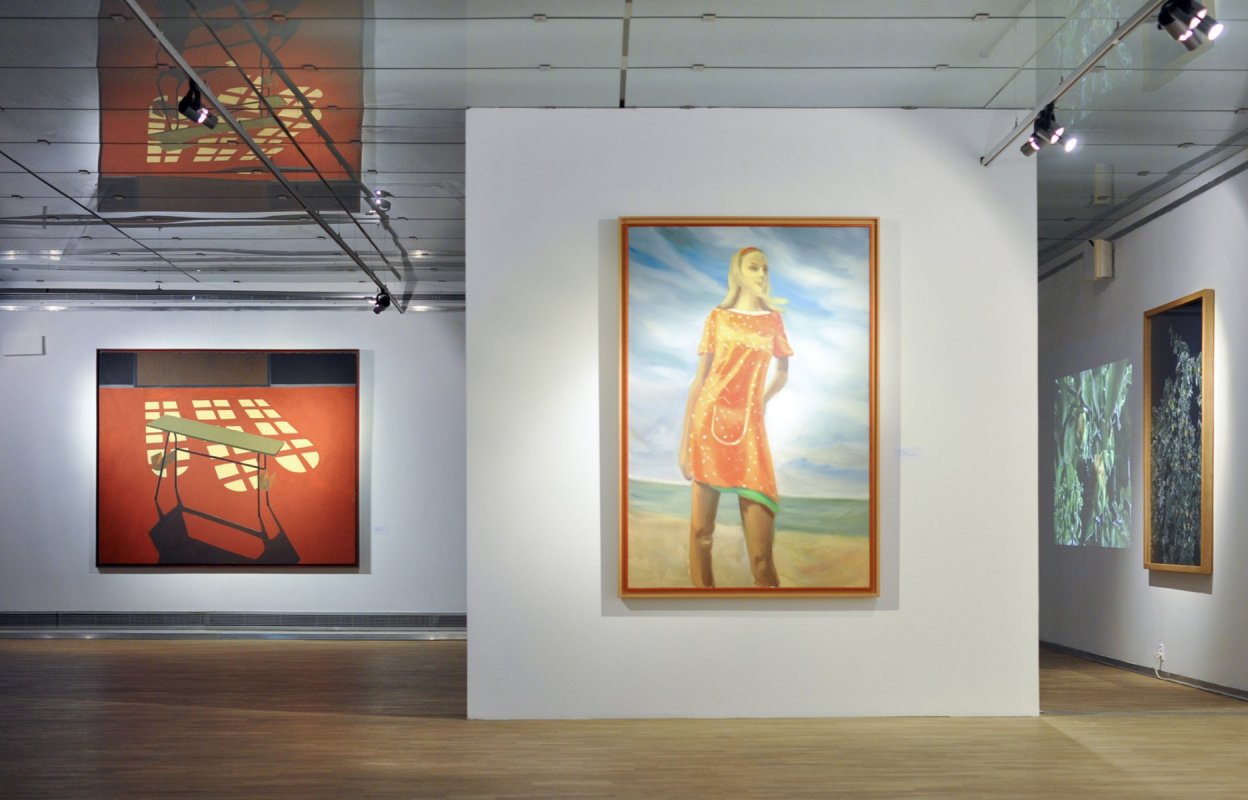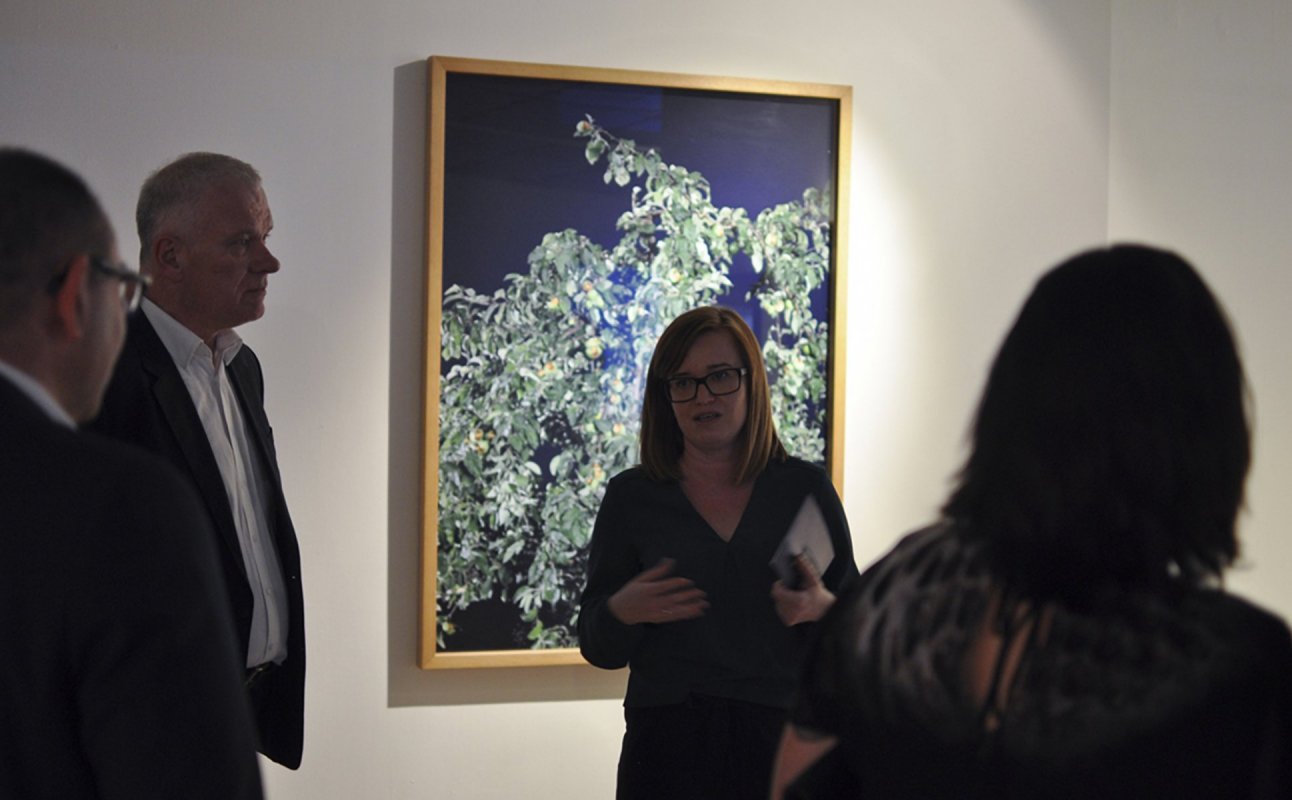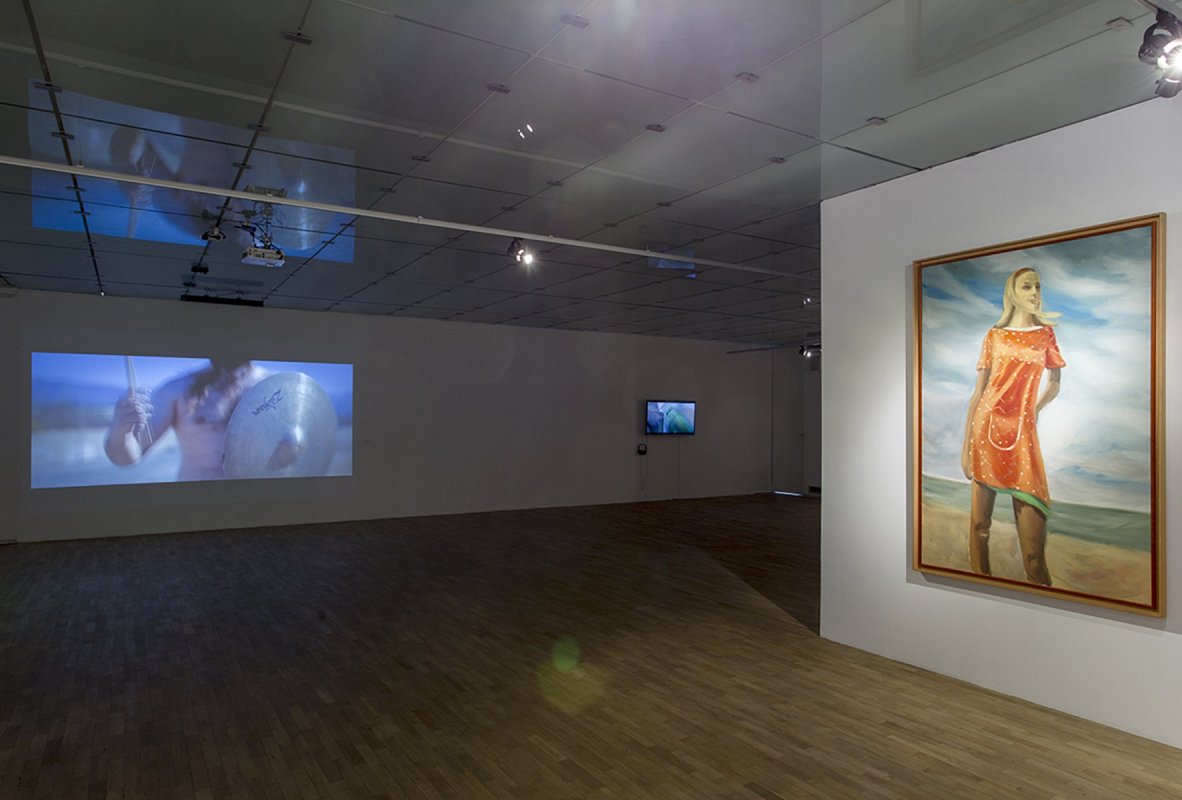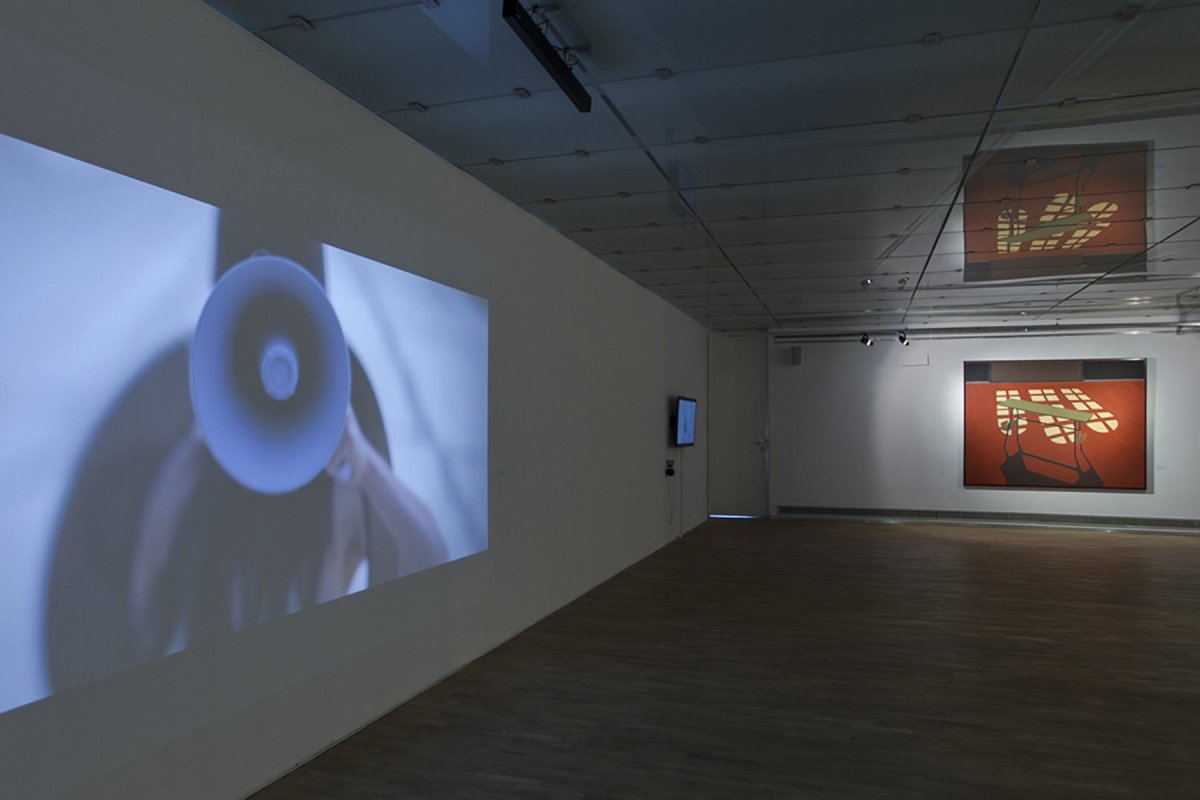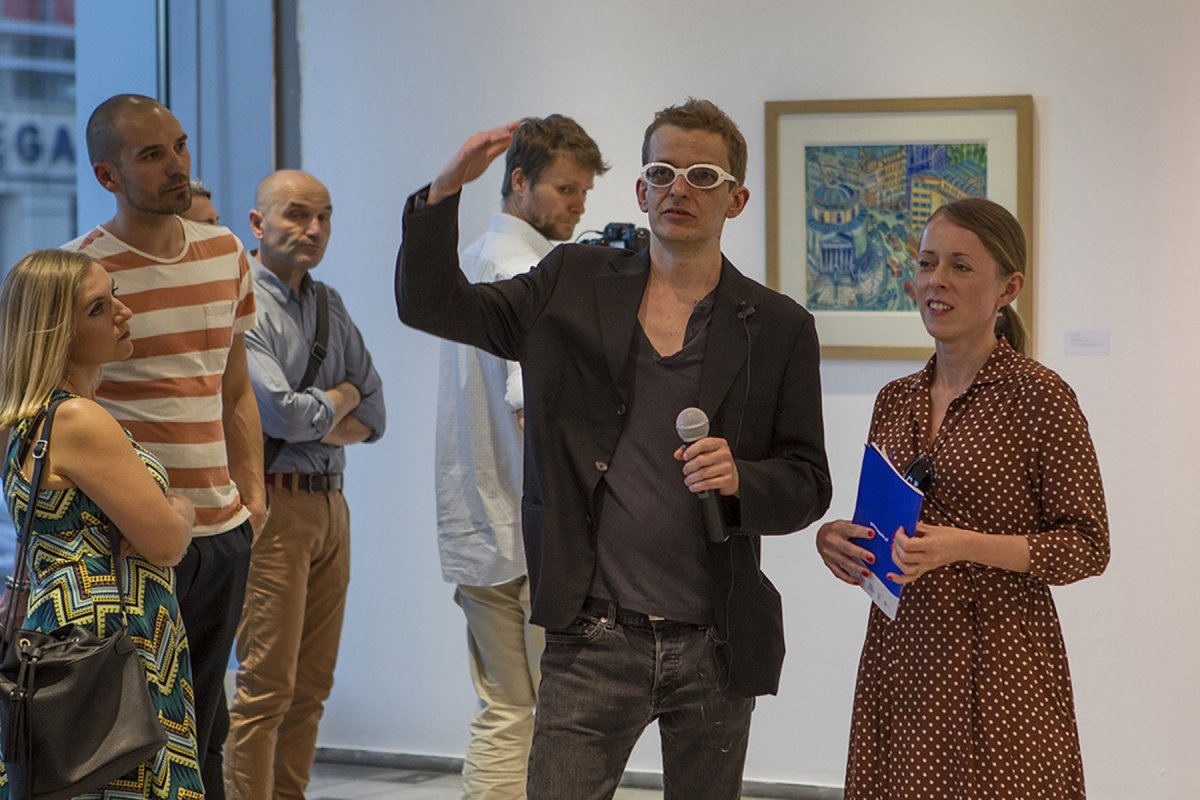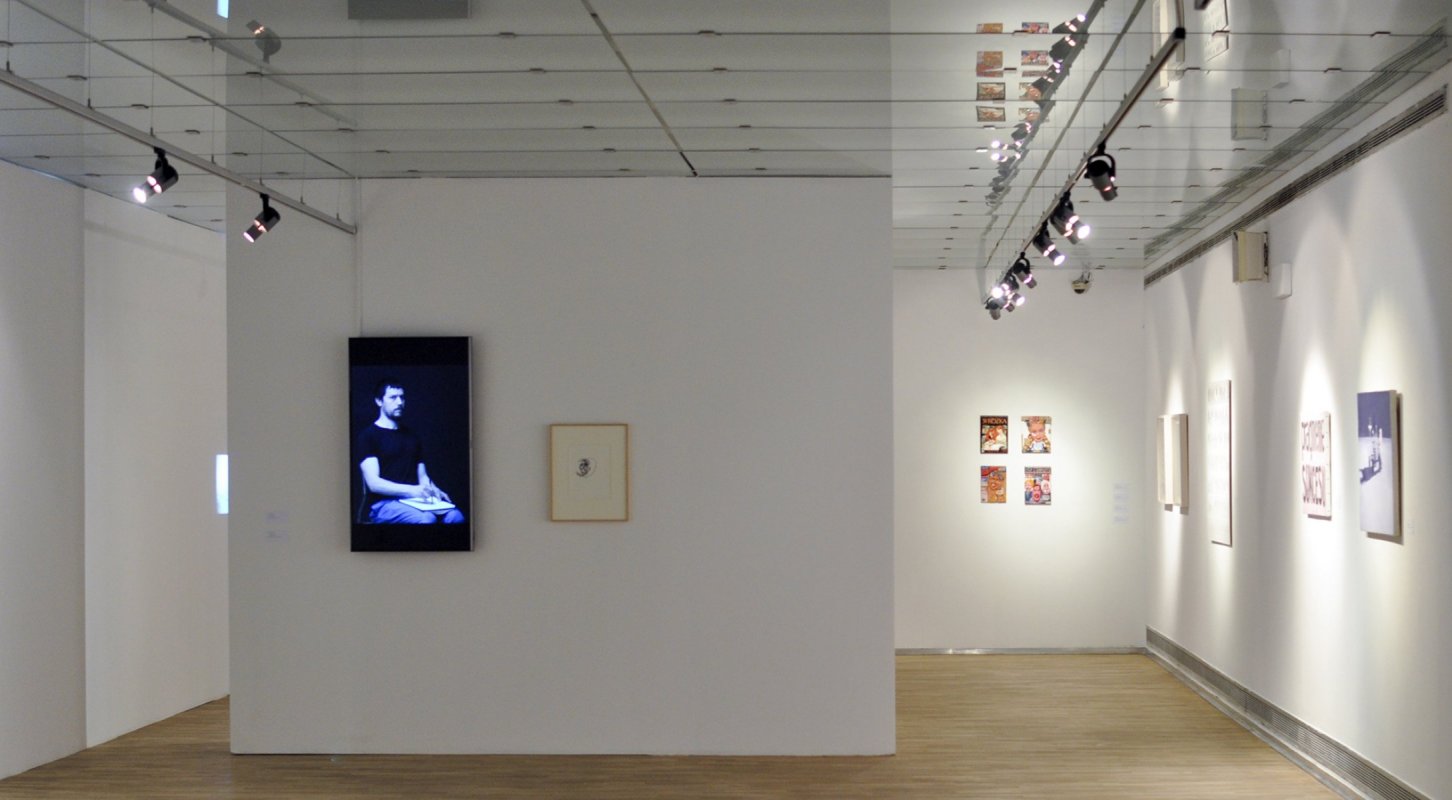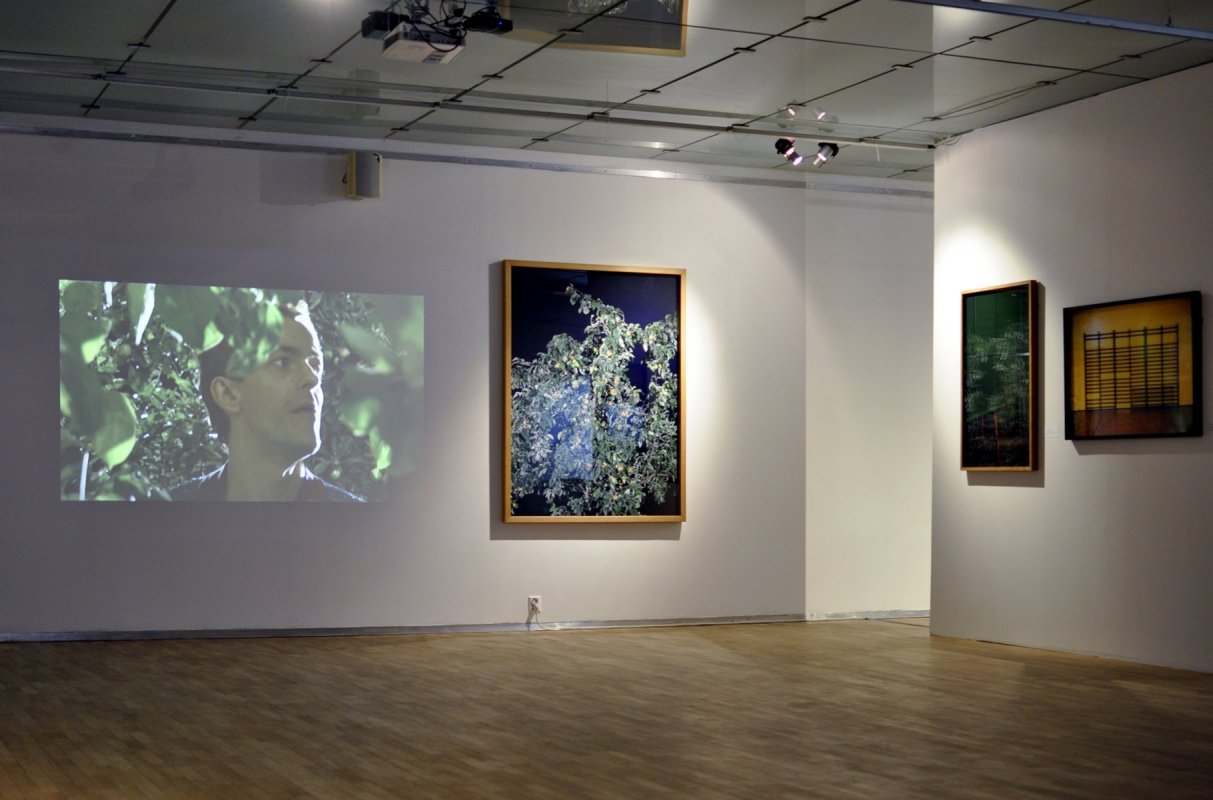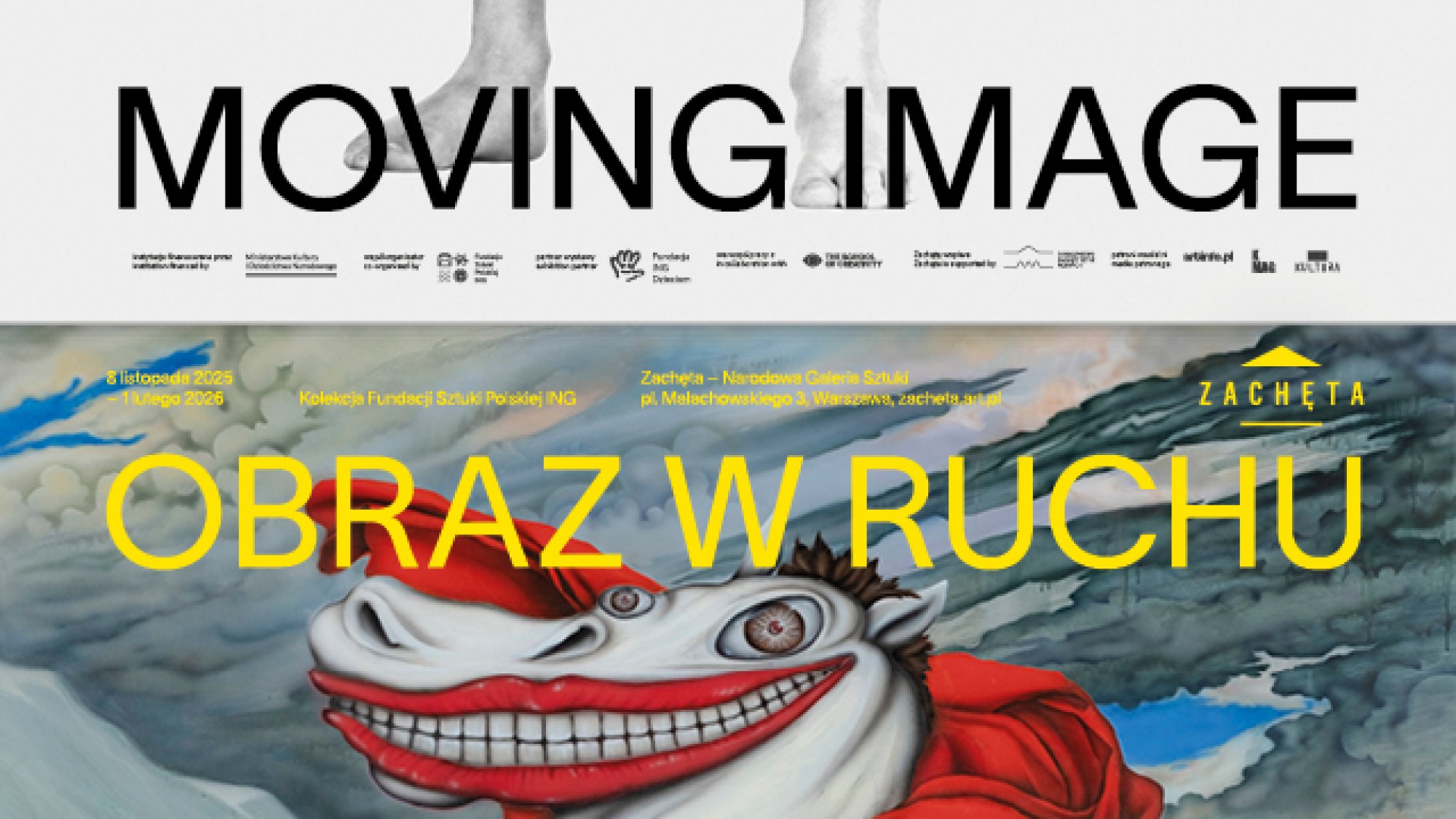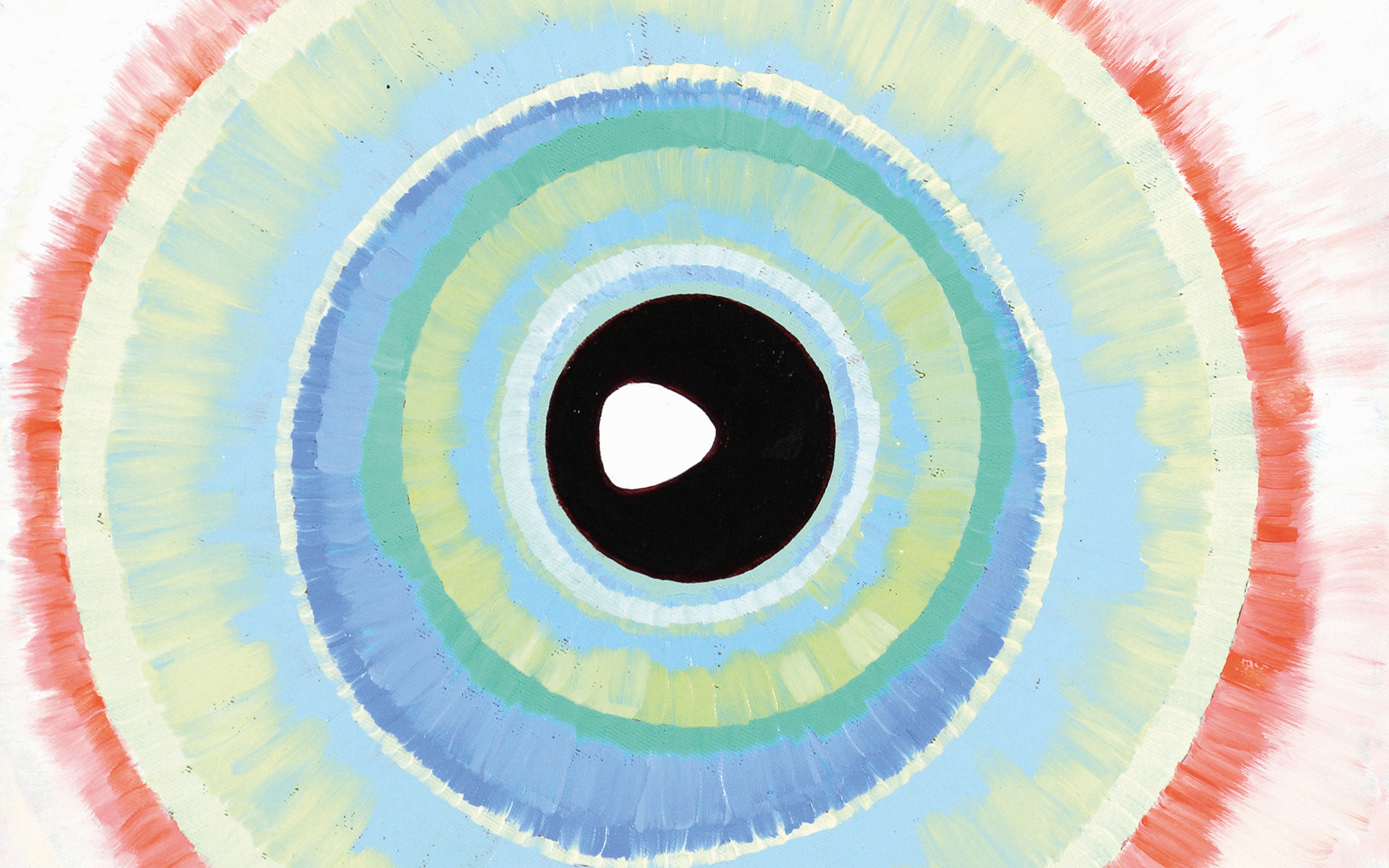The Present?
28 May – 10 June 2017
Contemporary Art Gallery in Opole

The exhibition of artworks from the ING Polish Art Foundation collection demonstrates that we should speak of multiple parallel presents rather than a single one. Along with the abandonment of narrow specialisation, contemporary art becomes an excellent option for one-dimensional approaches and for diagnosing this moment in time. How can the transience of the present be captured? By simultaneously exploring the retrospective and the futurological. The personal and the socio-political. The documentary and the speculative. By including personal fascinations, phobias, fantasies, and predictions in the creative process. And last but not least – by demonstrating respect for tradition, and by radically breaking away from it.
Alertness and recognition – Augustine of Hippo associated both these categories with the present. They were to lead the future (continuously shrinking, however still non-existent) towards the past (continuously expanding, however no longer existent). In the art of the past century, the present – suspended between the anticipation of tomorrow and remembrance – has become one of the dominant issues designating the interests of artists.
The precise location of the present is not entirely clear. Dreams, sentiments, expectations and predictions tend to blur its image. Associations of the present with the past and the future, both inseverable and indeterminate, make all boundaries extraordinarily fragile and easy to overlook.
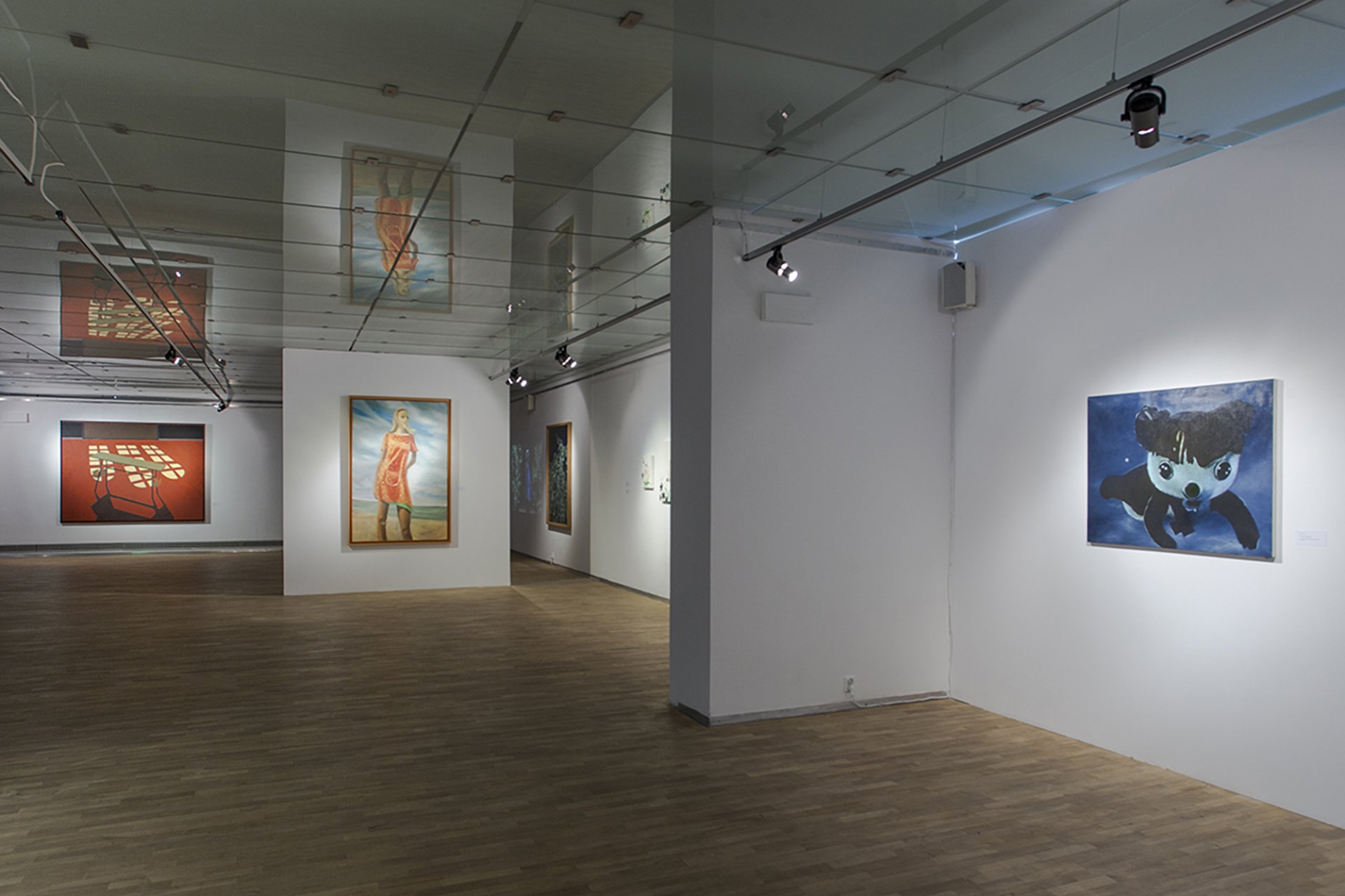
The present expands and shrinks while being in constant motion. Yet when we think of the now, we imagine an unmoving section of reality – like a butterfly made into an entomological artefact with a single pin. Such becalming of reality obviously leads to death, both in entomology and quests for the present. A frozen moment quickly becomes outdated, with each successive instant aspiring to be the current one...
Perhaps living in the present can be defined as the observation of shifting elements, an overwhelming obsession with detail? In such case, the most accurate proof of the now should involve looking into the mirror over and over again, documenting the moment, and the incessant attempt of recording time. While today’s newspapers are tomorrow’s history, the present comprises such “microscopic wounds, alleged drama, and all that bother with trifle”, as noted by Jadwiga Sawicka.
Yet it does seem that capturing the present requires egressing beyond the meaning-laden now, and a quest for broader perception – in relentless confrontation with the future or the past. Once faced with the former, any approach to the present becomes an action rather than an observation; a conscious pursuit of opportunities for moments to become breakthroughs. In conditions of alert retrospection, the present reveals itself in one reflex on the past after another, all charged with warnings or transforming objects and concepts into anchors preventing the present from drifting in a vacuum.
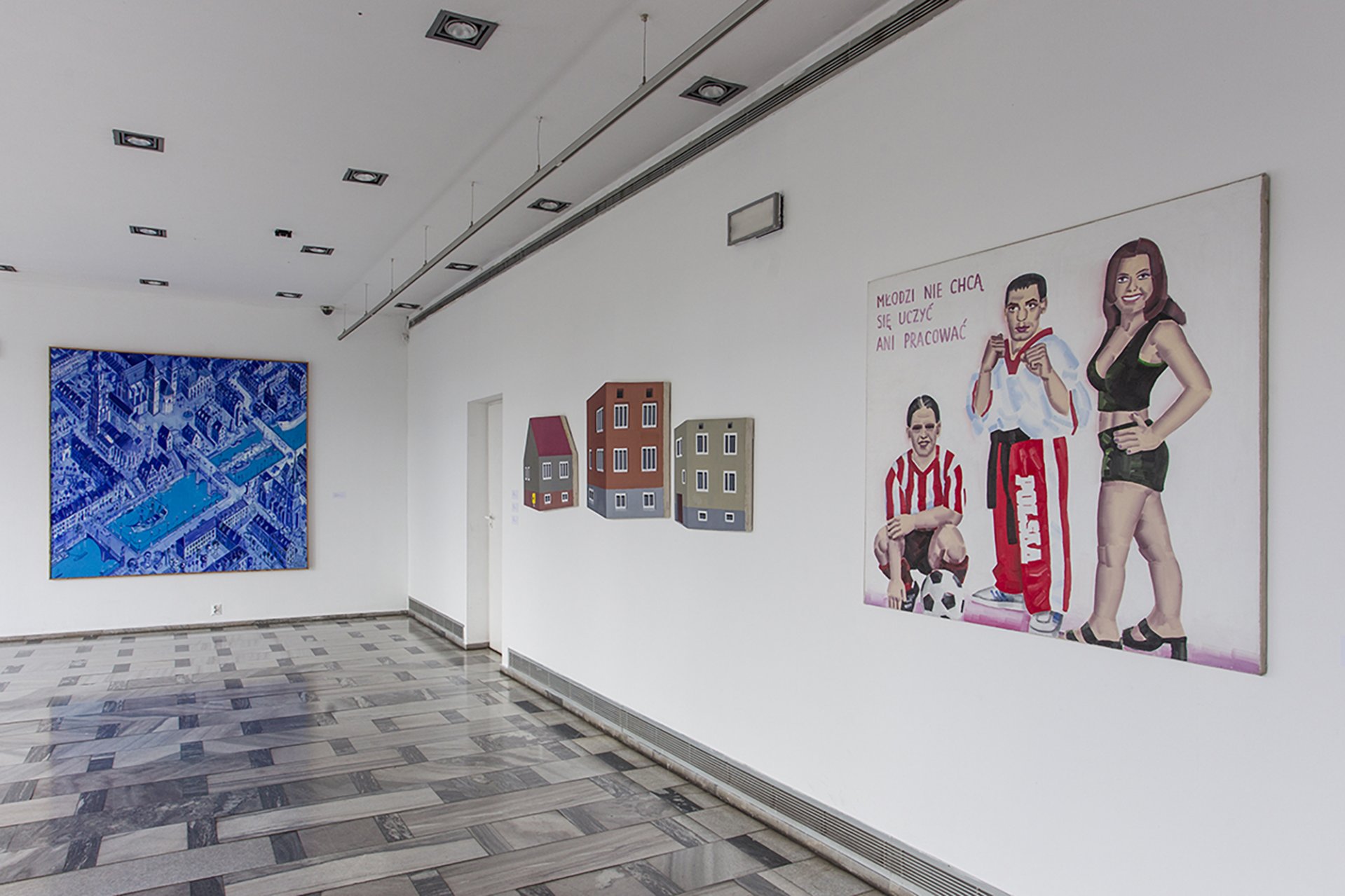
In both cases, a desire for at least partial negation of the present in pursuit of its better version becomes apparent. Consequently, it seems that the present is simply perceived through a prism of dreams of the past and the future. Yet notably – as noted by Arthur C. Danto – such daydreams define the notion of art itself, “requiring us to remain attentive”.
Although we are incapable of reaching the actual the present, we continue to map it; no less importantly, we continue mapping the image of our relation with the present, our efforts to comprehend it, as well as our reactions to it and our involvement in it. To fail does not mean that one has lost sight of the present, but rather that one has become indifferent to its expression, unwilling to make an effort to remain sufficiently alert in observance.
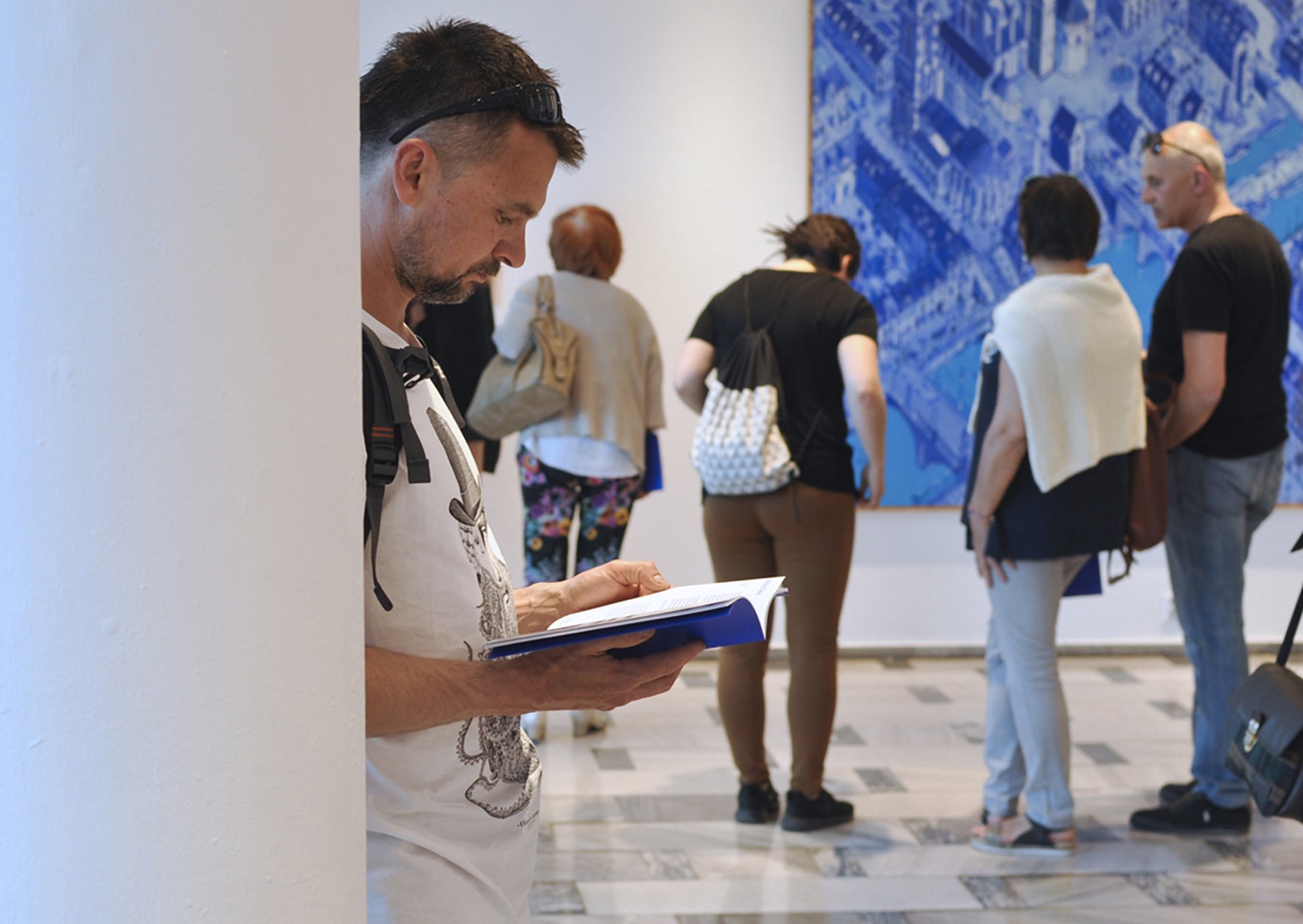
curator: Agnieszka Dela-Kropiowska
cooperation: Kamila Bondar
organisers: The ING Polish Art Foundation, The Contemporary Art Gallery in Opole
artists: Basia Bańda, Wojciech Bąkowski, Piotr Bosacki, Olaf Brzeski, Rafał Bujnowski, Oskar Dawicki, Edward Dwurnik, Aneta Grzeszykowska and Jan Smaga, Zbigniew Libera, Marcin Maciejowski, Robert Maciejuk, Jarosław Modzelewski, Marzena Nowak, Paulina Ołowska, Anna Ostoya, Zbigniew Rogalski, Wilhelm Sasnal, Jadwiga Sawicka, Konrad Smoleński, Łukasz Surowiec, Grupa Twożywo, Wojciech Zasadni, Krzysztof Zieliński, Jakub Julian Ziółkowski.
